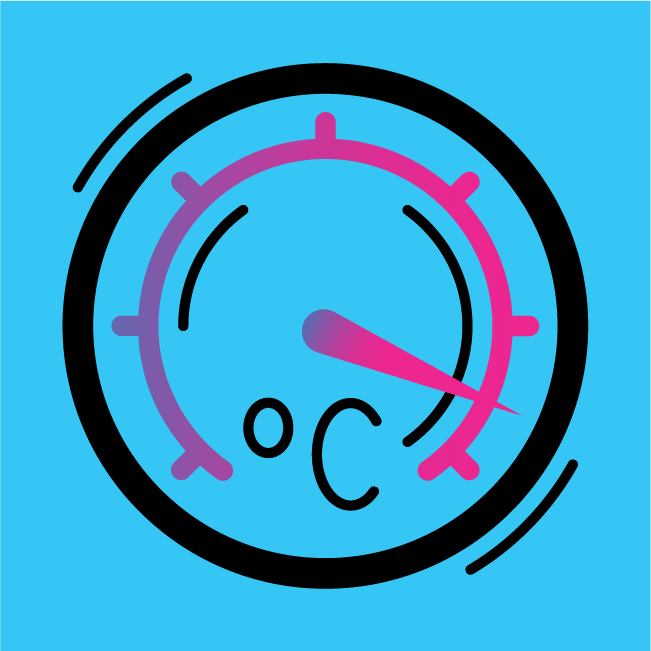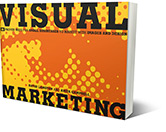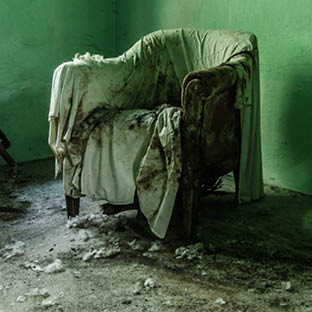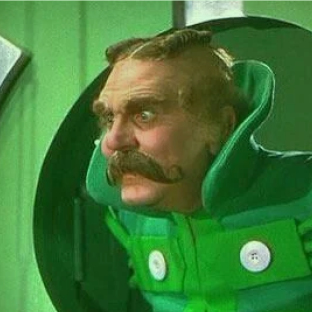Use better design to gain attention for your communication
Stringer Bell, the drug kingpin on “The Wire” played with finesse by Idris Elba, tells his troops that he doesn’t want to see any more 40-degree weather. After a medium-sized week, he says, “That's like a 40-degree day. Ain't nobody got nothing to say about a 40-degree day.” He goes on to say that 50-degrees will bring a smile to your face. And 60-degrees is for barbecuing. And when the weather drops down to 20-degrees you get your blood complaining. But 40? “Nobody remembers 40, and y'all giving me way too many 40-degree days!”
Recently, I've been on the jury for two design competitions and I’m seeing a lot of 40-degree design work. It’s not bad, but it’s not memorable, it’s not getting my blood complaining and it’s certainly not making me want to barbeque. Author Jim Collins says, “good is the enemy of great.” Collins tells us that it is much too easy to settle for good and that prevents us from attaining great work. How do we make effective design work that stands out in the marketplace?
20-Degree and below
One way to stand out is by being bad. Bad design can be like that car wreck that you just can't ignore. We’d rather look at extremist communication rather than the safe and ordinary stuff. Years ago Go Daddy made a splash with scantily clad models in Superbowl commercials and today I still think of them as a sleazy untrustworthy company. In the long run, these tactics diminish their brand. That’s the 20-degree stuff—or maybe it’s closer to zero and below I’m not interested in creating engagement through hateful messaging and design. I don’t see the point of tricking people to get their attention by promoting the maxim that all publicity is good publicity. I believe you have to stand behind your work and build a brand with meaning and purpose. In the long run, that’s what really matters.
50-Degree and above
The real challenge is in how we create new work that attracts attention by being better. We need to really understand our audiences and our client’s products, services, and goals. Then we can take chances, try out new ideas, and attract attention without resorting to bottom-of-the-barrel tactics. To achieve great work, consider these three components for success:
1. Trust the process for creating new work.
Follow a process that instills excellence in each phase of creativity. Here’s what we recommend:
Empathy and listening
Start with a kickoff meeting where the design team and the client define the project and its goals. Define the mission for the project. How do you want your audience to feel when they see this communication? How do you define success? Can you measure that? By understanding why the communication is important, we discover ways to address the real issues behind the assignment.
Research and understanding
The design team should learn about the competition. Who do you aspire to be like? who does it poorly? How can we make something that is on the right track but says it differently? You don’t want to copy the competition, but you do want to learn the best practices in the field. You can’t be distinctive if you don’t know what’s out there.
For designers, this is the fun part. There are plenty of ideas out there if you're willing to try them. Jeff Tweedy shares a few tips in his book, How to Write One Song, where he says that creativity is not usually about inspiration. Creativity is a process. Tweedy says creative people “Instead of waiting to be struck by inspiration… put themselves directly in its path.”
The Presentation
For some clients, this is the fun part. One CEO told me that the design presentation was the best part of his day. It’s unlike anything else an executive does on a typical day. This is the critical phase for throwing out the mediocre—and getting beyond the 40-degree work. What gets the dazzling response? What makes everyone think about the project differently? Go back to the kickoff meeting criteria and see how this creative work supports your goals. We are always looking for this type of response, “I never thought of that and yet it's perfect.”
Refinement
We believe that refinement—not revision—must be built into the process. Refining the concept, the design, and the messaging based on client feedback is critical for creating breakout projects. When designers and clients work together the results are noticeable.
2. Expect problems.
Murphy’s Law says that if anything can go wrong, it will. And in any creative endeavor, you must expect to see problems and bumps along the way. Ed Catmull, the founding president of Pixar, says that what makes them so successful is their acknowledgment that problems will always exist. “We work hard to uncover these problems even if doing so means making ourselves uncomfortable; and that, when we come across a problem, we marshal all of our energies to solve it.” Experienced designers know how to shift and rethink a project when turbulence arises. The best way to evaluate a design partner is not when things are going well but rather in how they deal with the unexpected aspects of the project. How do they handle the curveball thrown by the CEO who is unhappy with a project?
3. Trust your creative team.
You won’t get creative work if you are micromanaging the creative team. The client knows more about their business and their marketplace than the designer ever will, so it’s important to include their insights in establishing the objectives and goals of every communication campaign. Your design team knows how to create communication campaigns that are innovative and refreshing. The ones that build upon your brand while showing a new side or dimension of your product or service in ways you may never have thought about.
When I tell my design team what to do I get the expected results—the 40-degree work. But when I tell them what the problem is and what we are trying to achieve…it’s barbecue time!
Back to Insights



